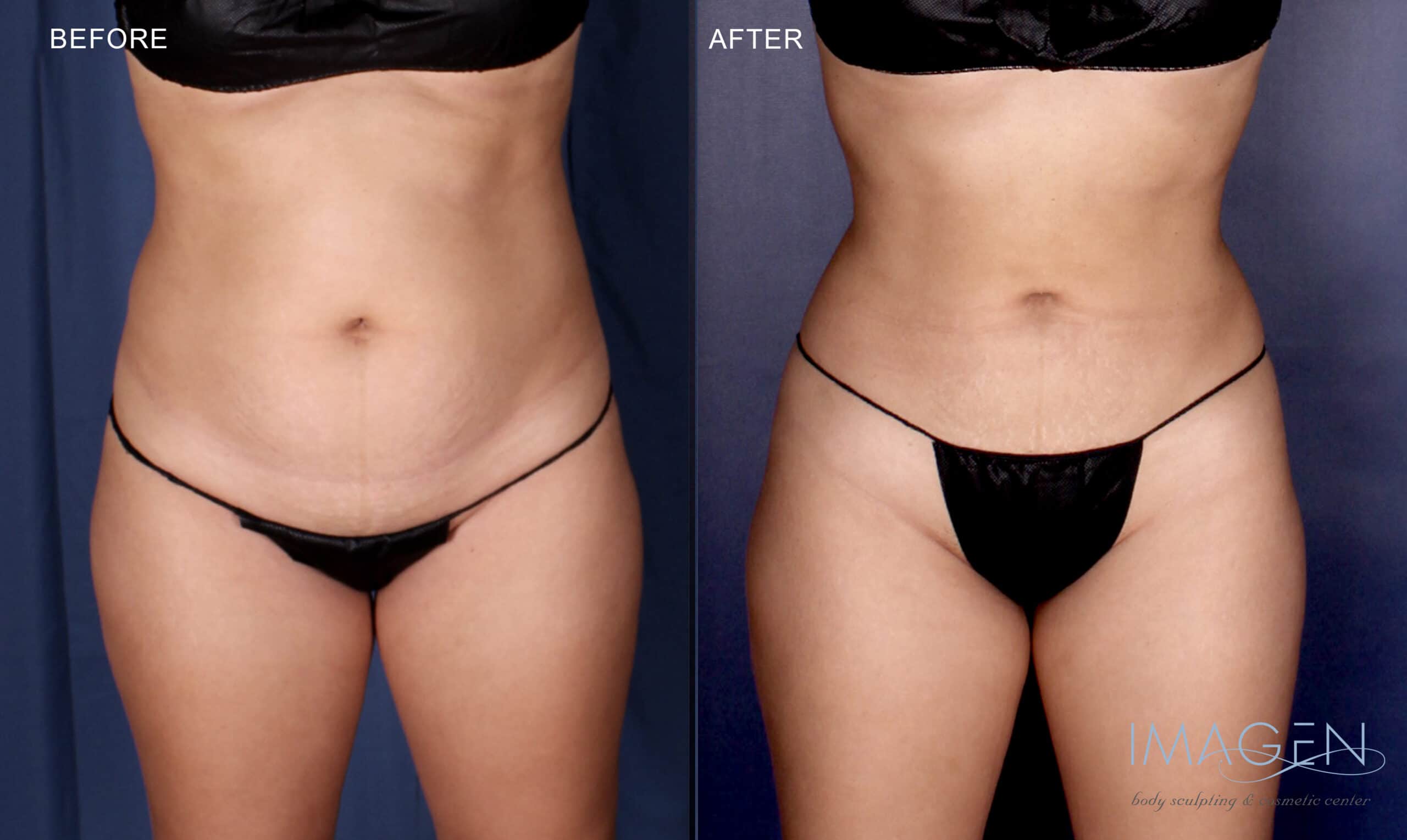
A scarring from facelift surgery is an expected and normal result. These scars look good on your skin and are not noticeable. There are many options for treating them. There are many options available, including Botox, fillers and Botox. A facelift is a great way of improving your appearance and confidence.
Incisions behind your ear
Face and neck lifts require incisions that extend posteriorly beyond the ear along the occipital hairline. These scars can be hard to see unless you look directly at them. Moreover, the scars are not visible in routine close-up photographs of the ear.
It is critical to correctly place the incisions during a facelift. This will ensure that the final results are achieved and hide scarring. Incisions are usually made behind the ear. This location is often the most visible, although less noticeable. Dr. Jacono uses an innovative technique to hide the incision within the tragus cartilage of the ear canal. This technique allows Dr. Jacono to conceal his incision and reduce the signs of ageing.

Placement
The order of the stitches used to repair scars from facelifts can vary depending on how large the scar is, the shape of the scar, and the length of the wound. In general, the first stitch is placed midway between the wound's corners and midline. A second stitch should be placed on each side. To close the wound, bisecting stitches can be used. However, the first two must not overlap.
The sutures used during face lift surgery are usually ultra-fine, which helps minimize scarring. The sutures are pulled tight to the fat and underlying muscles. The skin may pull at the stitches. But, the body can repair and regenerate skin cells, so it's unlikely that a suture will cause permanent damage.
Scarring can be inconspicuously visible
The question of inconspicuousness of face lift scars is one that many patients ask after undergoing the procedure. Most patients desire a more natural neckline and jawline, but they do not want visible scars. Though all incisions may leave scarring, properly executed and planned surgeries will make them as discreet as possible. Long incisions are often required for a facelift. A facelift patient will want a natural appearance.
Scars are typically raised and bright red when they are fresh, so the first few weeks after surgery can be a little discouraging. Most scars will fade in time and, in some cases, may disappear completely. Everyone heals at a different pace and there is no time limit for scarring.

Treatments available
A facelift procedure can produce many different results. The procedure can improve the appearance of deep wrinkles, jowls, and skin laxity by tightening facial muscles and removing excess fat. Patients may also benefit by a forehead lift and/or blepharoplasty to reduce signs of ageing around the eyes, brow, and neck.
Silicone sheeting can be used to reduce the visibility of scars from a facelift. You can purchase silicone sheeting at your local grocery or over the counter. This type sheeting increases circulation and breaks up adhesions. It encourages the production of collagen, which helps to heal incisions. The silicone sheeting must remain on for at least six months.